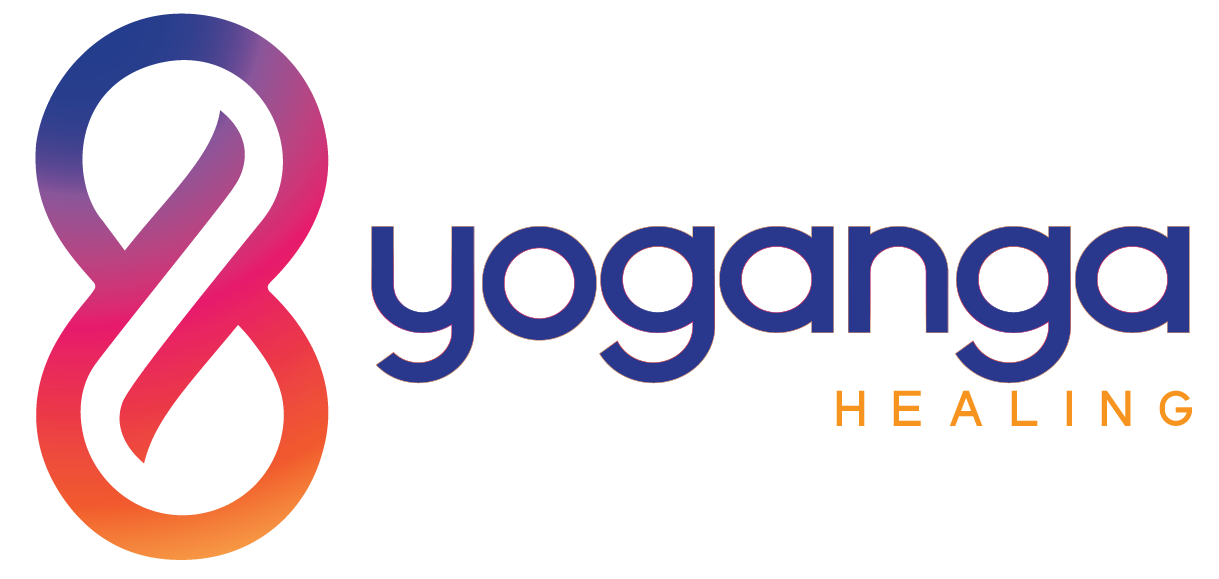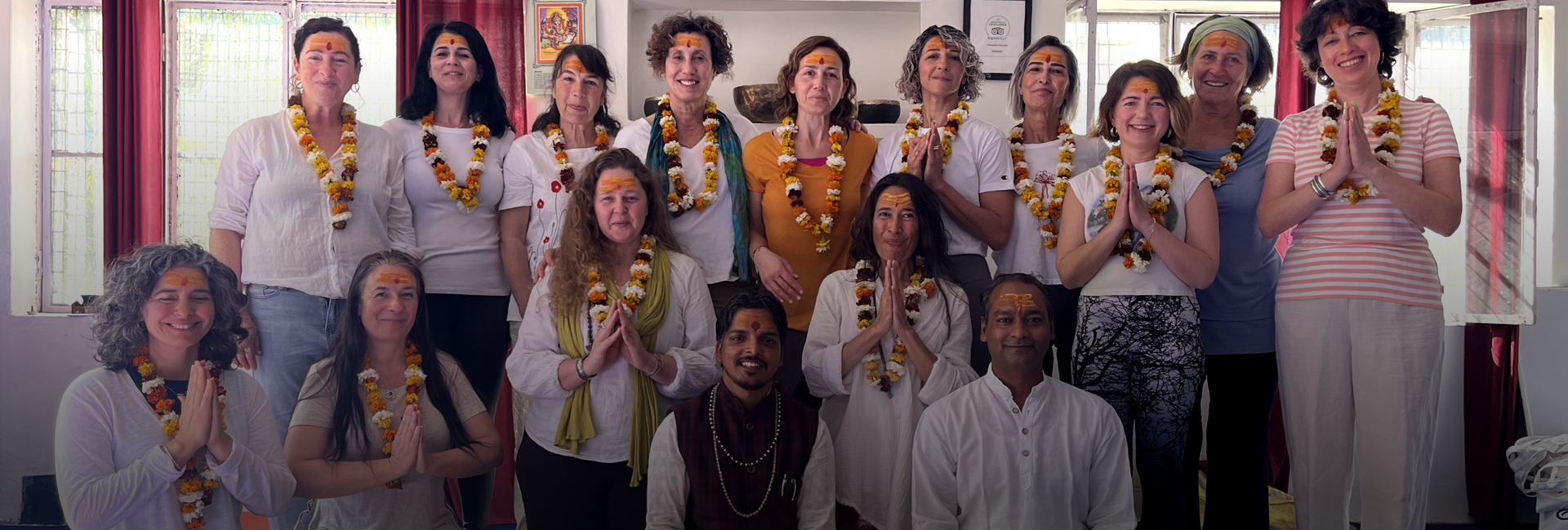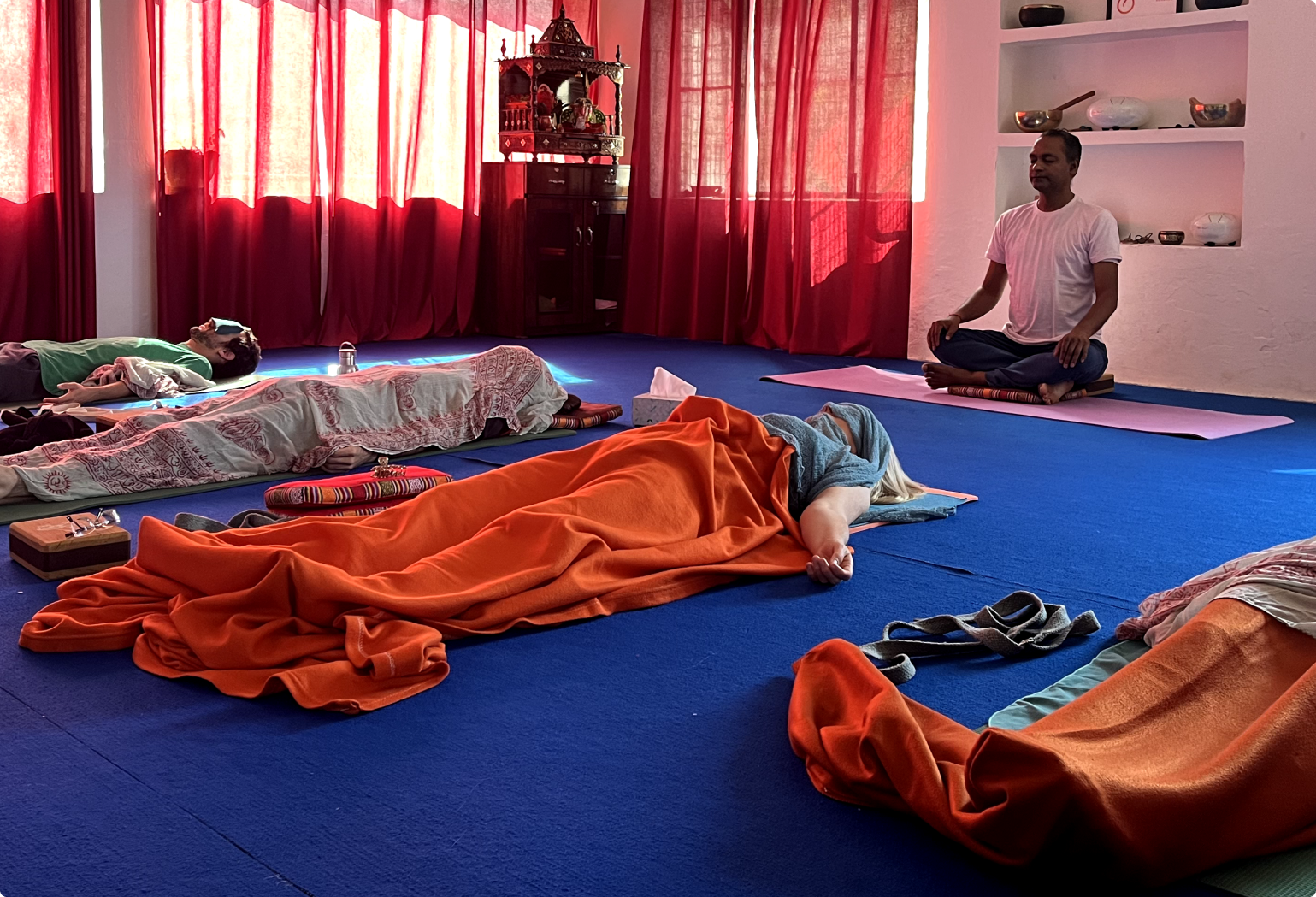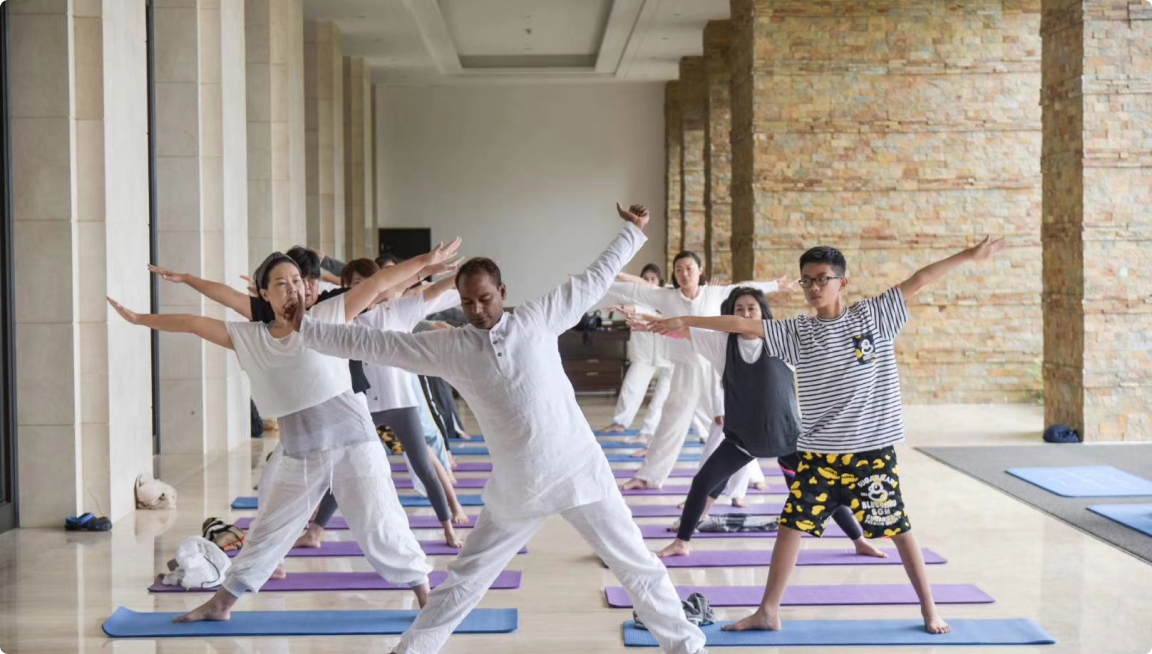Pranayama, the ancient art of breath regulation, is a fundamental aspect of yoga that profoundly benefits the mind and body. Originating from the Sanskrit words "prana," meaning life force or vital energy, and "ayama," meaning regulation or extension, pranayama teaches us to harness the power of our breath.
Let’s briefly explore the science behind pranayama, its role in mindfulness and relaxation, and how it can significantly enhance your yoga practice.
The practice of pranayama is rooted in the belief that breath is the bridge between the body and mind. Scientifically, this is supported by the understanding that our breath directly impacts the nervous system. When we engage in deep, regulating breathing, we stimulate the parasympathetic nervous system, promoting calm and relaxation. Conversely, shallow and rapid breathing can trigger the sympathetic nervous system, leading to a fight-or-flight response.
Research has shown that it can lower cortisol levels—often referred to as the stress hormone—thus reducing anxiety and stress. Studies have also indicated that regular practice of pranayama improves lung capacity, increases oxygenation of the blood, and enhances overall respiratory function. This is particularly beneficial for individuals with respiratory issues, as such techniques can help expand lung capacity and improve breathing efficiency.
One of the key components of pranayama is the emphasis on various breathing techniques, such as Ujjayi, Nadi Shodhana, and Bhramari. Each technique has unique physiological effects. For example, Nadi Shodhana, or alternate nostril breathing, helps balance the left and right hemispheres of the brain, promoting mental clarity and focus. By consciously regulating our breath, we can influence our mental state, emotional well-being, and overall health.
The Role of Pranayama in Mindfulness and Relaxation
Mindfulness is the practice of being present in the moment without judgment. It is an essential aspect of yoga that can be greatly enhanced while practicing breath control, we naturally bring our awareness to the present, allowing distractions and worries to fade away. This increased focus on the breath creates a meditative state, encouraging deeper relaxation.
Incorporating pranayama into your yoga routine can elevate your practice by fostering a deeper connection to your body and mind. For instance, as you flow through various
yoga poses, synchronizing your movements with your breath allows for a more fluid and harmonious experience. This union of breath and movement helps to cultivate a sense of ease, making challenging poses more accessible and enjoyable.
Additionally, pranayama serves as a powerful tool for stress relief. The rhythmic patterns of inhalation and exhalation can be calming, much like a gentle wave. As you focus on your breath, you invite a sense of tranquility, allowing the mind to let go of its constant chatter. Regular practice can lead to improved emotional regulation.
Benefits of Pranayama
The benefits of pranayama extend beyond your yoga practice and into daily life. Here are some key advantages:
Physical Aspects
1. Improved Respiratory Function: Pranayama techniques strengthen the respiratory muscles, increase lung capacity, and enhance overall respiratory efficiency. This leads to better oxygenation of the blood, which is vital for cellular health and energy levels.1.
2. Enhanced Circulation: Controlled breathing improves blood flow and circulation. This can aid in the delivery of nutrients to various body systems and enhance the body's detoxification processes, leading to overall vitality.
3. Reduced Stress and Tension: Physical tension often manifests in the body as muscle tightness or discomfort. Pranayama encourages relaxation and helps release this tension, contributing to better posture and physical comfort.
Mental Aspects
1.
Improved Focus and Concentration:
Regular practice has been shown to enhance cognitive function. The increased oxygen supply to the brain can improve memory, learning, and mental clarity, making it easier to concentrate on tasks.
2. Enhanced Cognitive Flexibility: By calming the mind and reducing distractions, pranayama helps foster a state of mental flexibility, allowing for better problem-solving and creativity. This adaptability can be particularly useful in today’s rapidly changing environment.
3. Stress Reduction: The practices activate the parasympathetic nervous system, which counteracts stress responses. This stress reduction can lead to better decision-making and overall mental health.
Emotional Aspects
1. Emotional Regulation: Pranayama has a profound effect on the autonomic nervous system, helping to balance the sympathetic and parasympathetic responses. This can result in better emotional regulation, making it easier to cope with challenging situations.
. Increased Resilience: By promoting a sense of calm and stability, it helps build emotional resilience. This means individuals may feel more equipped to handle life’s ups and downs, leading to a more balanced emotional state.
3. Enhanced Self-Awareness: Through focused breathing and mindfulness, pranayama fosters greater awareness of one’s thoughts and feelings. This increased self-awareness can lead to healthier emotional responses and a deeper understanding of one’s emotional landscape.
Spiritual Aspects
1. Deepened Mindfulness and Presence: The practice encourages a focused awareness of the breath, fostering a sense of mindfulness. This practice helps cultivate a deeper connection to the present moment, often leading to spiritual insights and a greater understanding of oneself.
2. Awakening Energy Centers: Many techniques are believed to stimulate the chakras or energy centers within the body. This can enhance spiritual awareness and promote a sense of balance and harmony in one’s spiritual life.
3. Inner Peace and Clarity: The practice of pranayama can lead to moments of stillness and clarity, allowing for a more profound connection with one's inner self. This promotes a sense of peace that can support spiritual growth and self-discovery.
Connect with your true self by learning the depths of breathwork with our personalized 100-hour Pranayama Teacher Training Course in Rishikesh.
Conclusion
Pranayama is a powerful tool that can significantly enhance your yoga practice and overall well-being. By understanding the science behind breath regulation and incorporating pranayama techniques into your routine, you can cultivate mindfulness, relaxation, and emotional stability. Whether you are a seasoned yogi or just starting your journey, embracing the breath of life through pranayama can lead to transformative experiences on and off the mat.
As you explore the depths of your breath, you will find that it not only enriches your yoga practice but also fosters a deeper connection to yourself and the world around you.
Discover More Articles
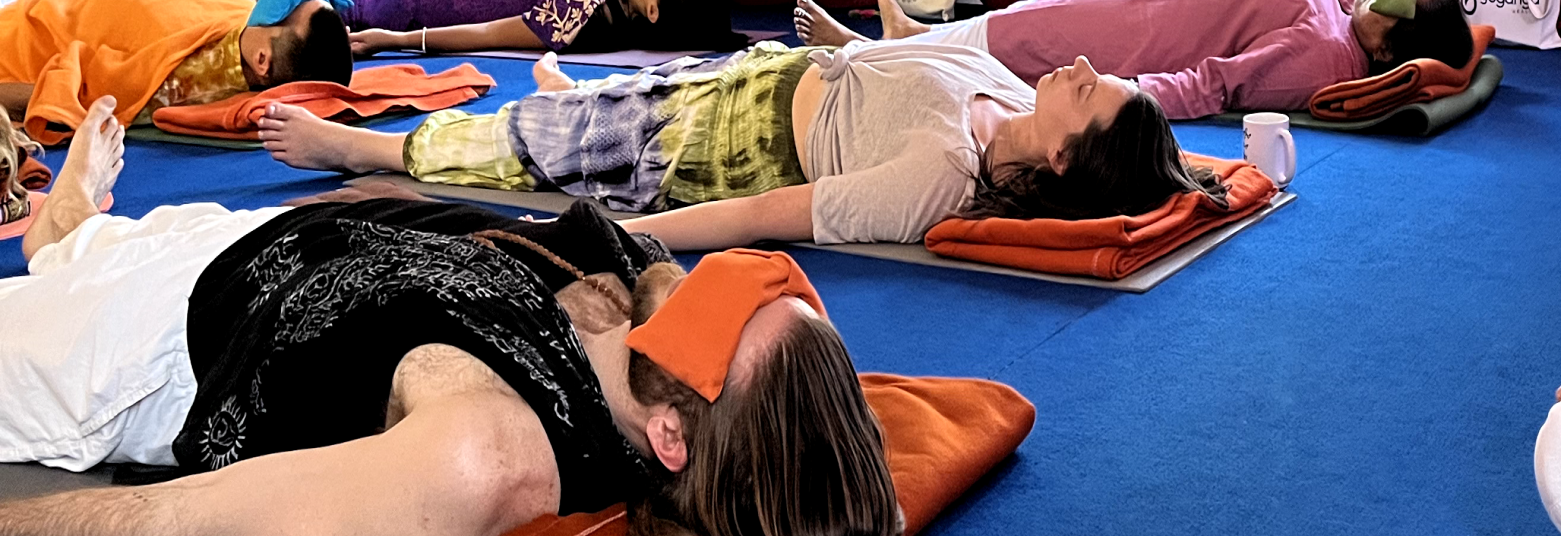
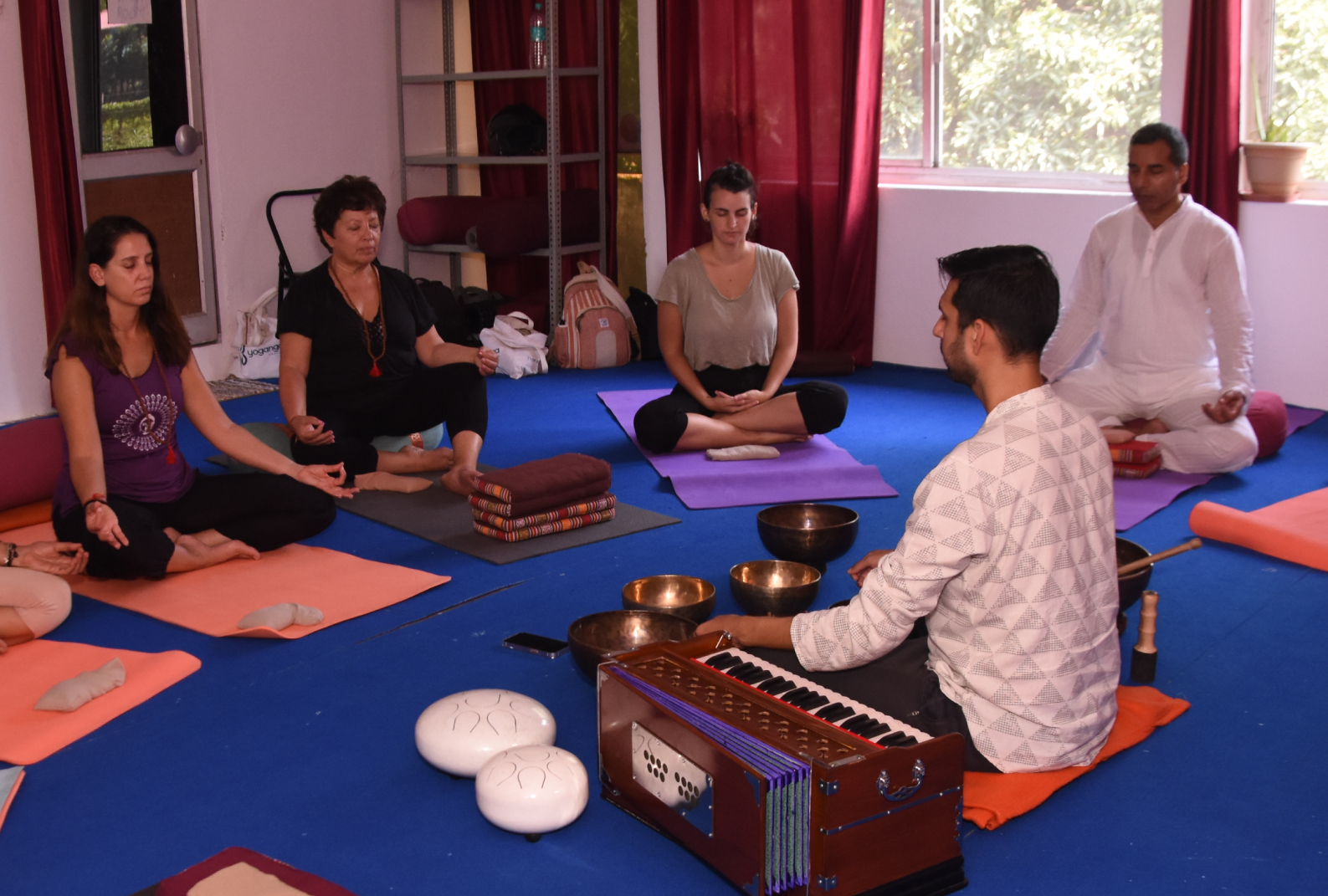
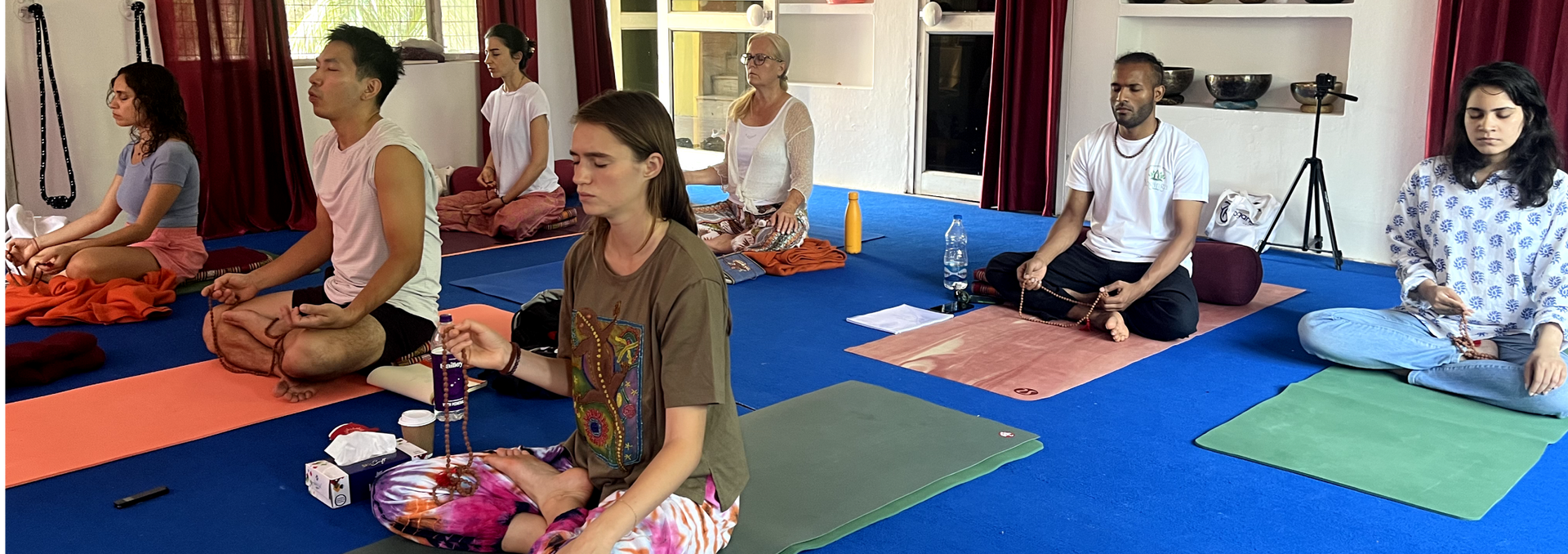
Ready to Begin Your Healing Journey?
Discover Peace—Spaces Fill Quickly, So Reserve Today
© 2024 Yoganga Healing. All rights reserved.
